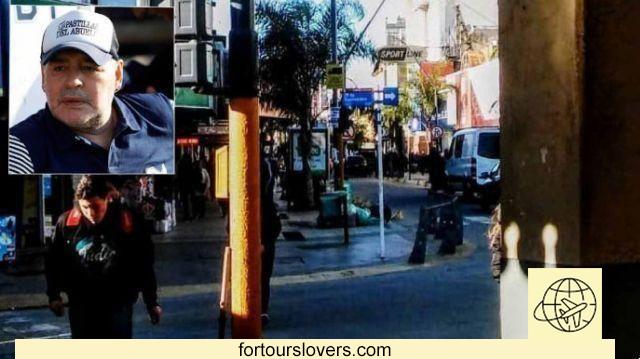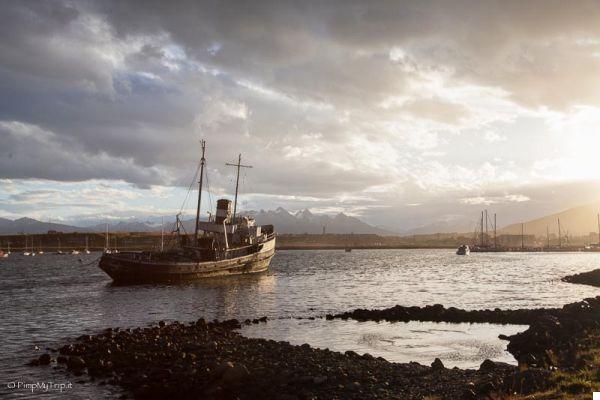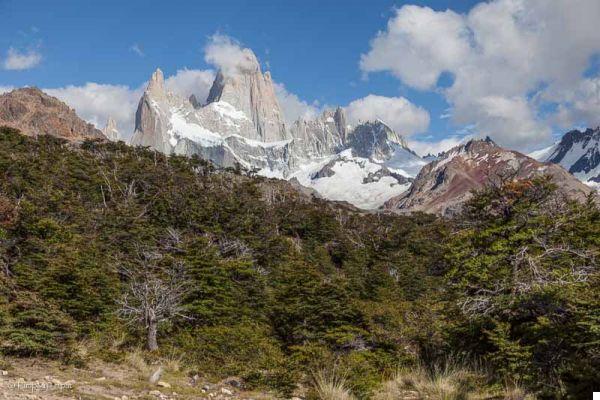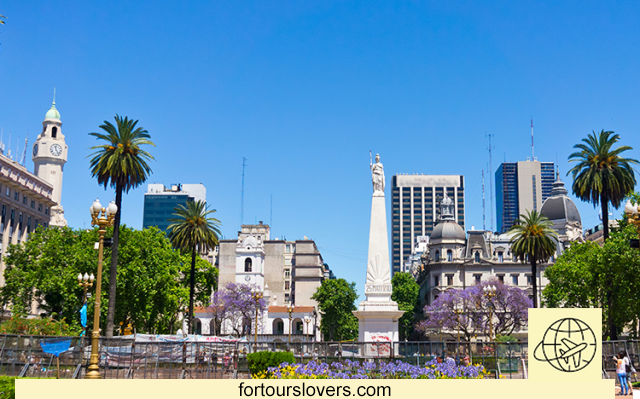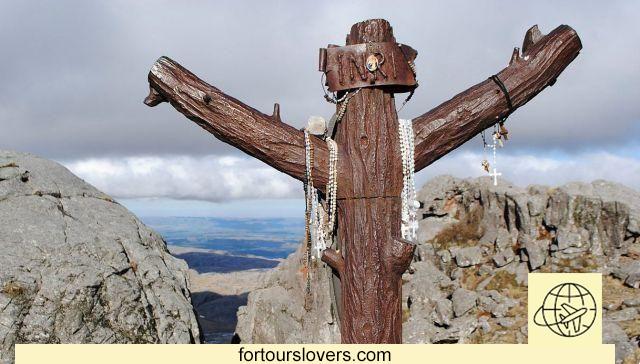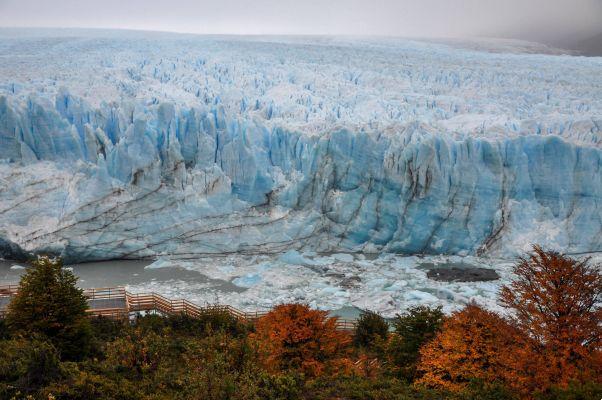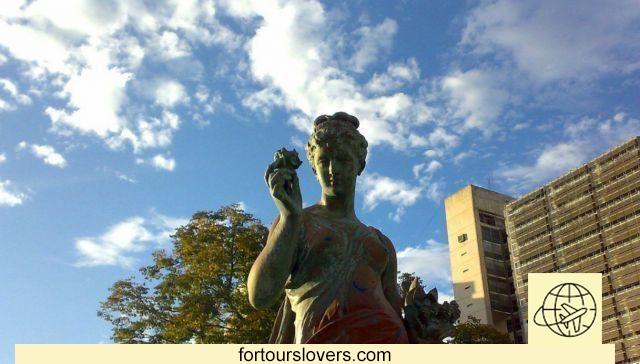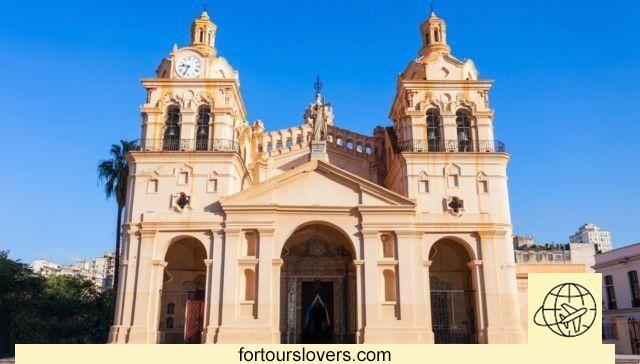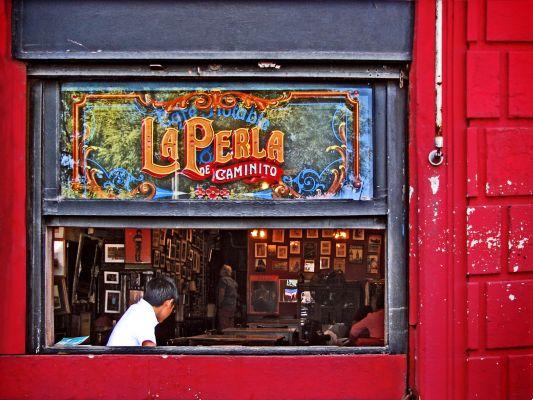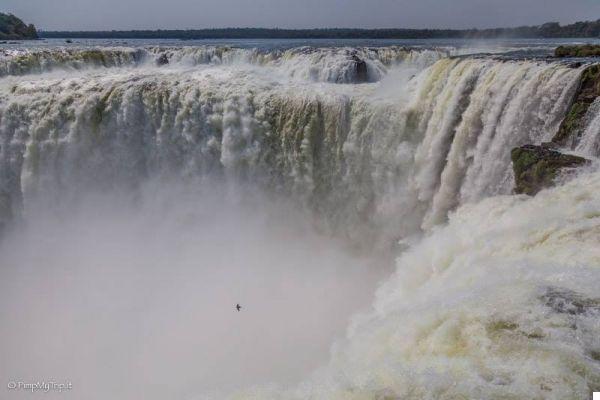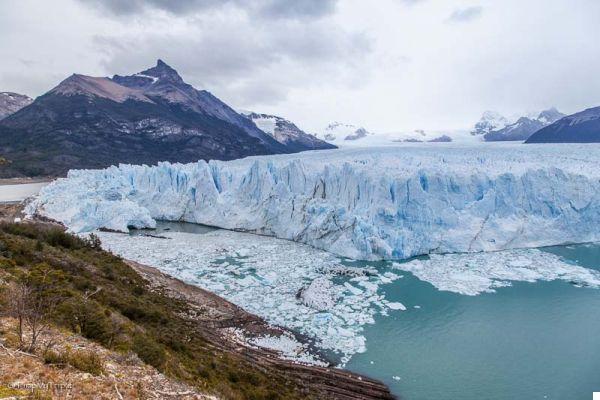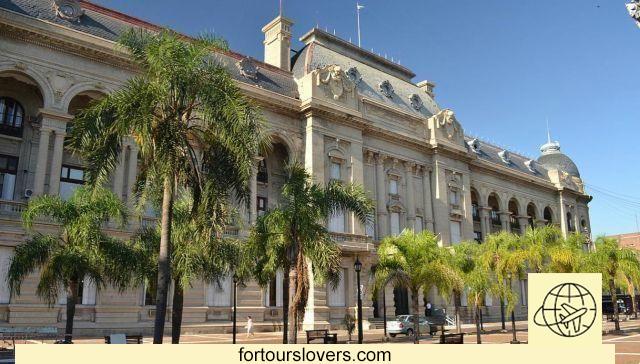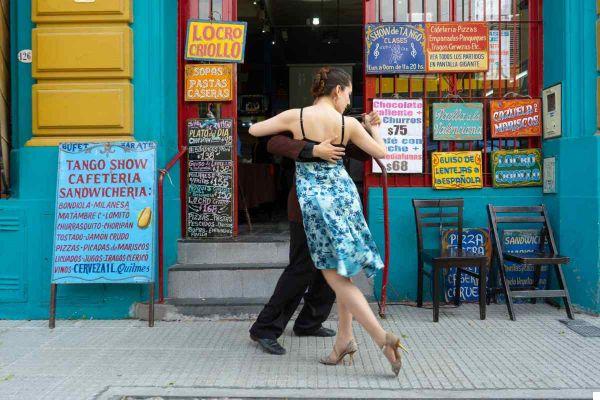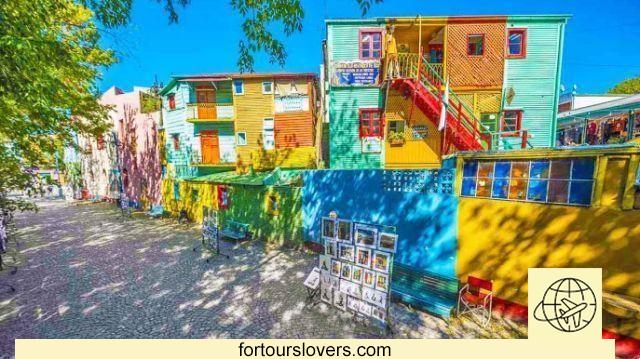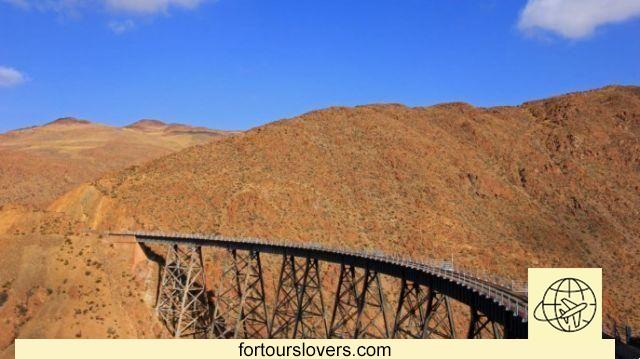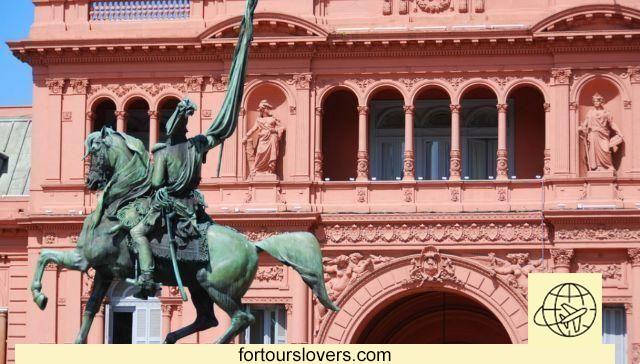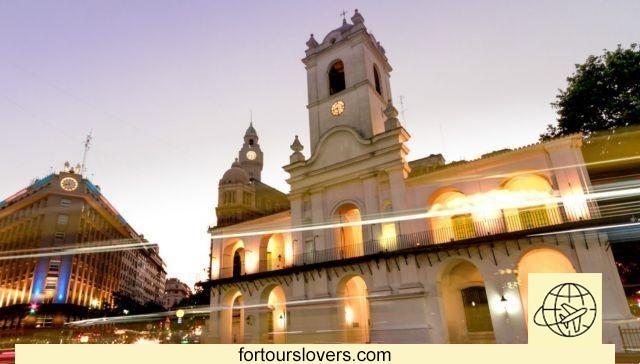
Buenos Aires is one of the largest and liveliest cities in South America, let's discover its secrets on a day tour of the Argentine capital
Buenos Aires is the capital of Argentina and is a metropolis with more than two million inhabitants, which becomes almost 14 if we consider the entire metropolitan area that occupies an area equal to that of the Aosta Valley, one of the main urban centers of the the entire southern hemisphere. The origins of Buenos Aires have their roots in the mid-40th century when two Spanish explorers founded a new urban center about 1538 years apart, in 1580 in XNUMX, and gave it the name Virgin of Bonaria of Cagliari as a good omen.
Buenos Aires is a city of great beauty and charm, which summarizes the incredible cultural, artistic, historical and gastronomic variety of the entire country. Argentina and houses the most important cultural institutions in the country. Visited every year by more than 5 million tourists from all over the world, the Argentine capital is one of the most popular destinations in all of South America, where between tango, art, museums and delicious traditional gastronomy you will not be bored for a moment. minute moment.
In this guide we will discover the most interesting destinations and places that you should not miss on a day trip to the capital of Argentina.
The first stop on your trip to Buenos Aires is the famous Plaza de Mayo, the main square of the city and the oldest heart of the urban area, which dates back to the first foundation by the Spanish in the 16th century. The square is a sight in itself with its large obelisk in the center and it is worth sitting on one of the benches surrounding it and watching the city come to life in the morning. Around the Plaza de Mayo are some of the most emblematic buildings of Buenos Aires: the Cabildo, the Metropolitan Cathedral and the Casa Rosada.
Il Cabildo It is the first municipality of the city, built by the Spanish in the 1810th century in elegant colonial style, and for years the seat of the viceroy of the Kingdom of the Río de la Plata, while today it has become the National Museum of the Cabildo and the Revolution de Mayo, with a rich collection of objects and artifacts that trace the history of the May Revolution of XNUMX, which led to the independence of Argentina.
La Metropolitan Cathedral It is the most important religious building in Argentina, and despite being one of the oldest churches in the state, curiously it has the external appearance of a Greek temple, after a modification carried out in 1700 changed its architecture. Inside, however, the classic structure of the richly decorated Spanish religious buildings of the XNUMXth century is preserved.
La Casa Rosada It is, however, the presidential headquarters of the Argentine Republic and an important museum institution that preserves a very rich collection of materials that allow us to know every detail of the history of the Argentine presidents in the 20th century.
For lunch, the best option is to stop at one of the numerous kiosks which are located near Plaza de Mayo and enjoy an excellent empanada and then get back on the road.
In the afternoon you can visit the neighborhood area. San Telmo, one of the most picturesque in the capital, and reach the great National Museum where a large permanent exhibition is dedicated to the contemporary history of Argentina from multiple points of view (historical, artistic, cultural). Just outside the museum it is worth taking a pleasant walk through the suggestive area. Lezama Park, one of the most beautiful public parks in all of Buenos Aires where the perfect harmony between nature and architecture creates a magical and unforgettable atmosphere.
A magical and little-known place in San Telmo is Defense Passage, a small cloister in an elegant building from the late 19th century that in recent years has become one of the most interesting places to meet with artists and designers in their workshops or even simply go up to the charming terrace bar and have a drink. drink while admiring the view of the city.
Getting around the neighborhood Palermo You can visit the wonderful Japanese gardens inside the big one. Botanical Garden from the city and a walk between bridges and cherry trees is truly an experience not to be missed, as is a visit to the largest bonsai collection in the entire southern hemisphere.
Also in this neighborhood you can visit one of the most important museums in the Argentine capital, the National museum of fine arts, which houses the best of Argentine artistic production as well as a rich collection that includes works by Claude Monet, Vincent Van Gogh, Auguste Rodin, Pierre-Auguste Renoir and many other European artists of primary importance.
Also in the Palermo neighborhood are the Museum of Modern Art y Contemporary Art Museum, two of the most lively and avant-garde museums in the city and a must-see for lovers of Latin American art who will find here a mix of art from the past and present of great beauty and charm. Furthermore, one of the most interesting collections of the Museum of Modern Art is the Argentine Photography collection, which offers a true immersion in photographic art from its first diffusion in South America to the most avant-garde contemporary results.
At night the best option is to treat yourself to a spectacular dinner based on roast, Grilled meats, in one of the typical places in Buenos Aires, the grills, where you can eat one of the best meats in the world derived from animals raised in freedom in the Pampas plains, by the gauchos. To end this day in the Argentine capital in style, you must arrive at the little path, the street-museum of the Boca neighborhood, where the art painted on the walls of the houses acts as a stage for the art of the tango dancers, a famous dance in Argentina, who perform every night in the most evocative places throughout Buenos Aires . Aires.





